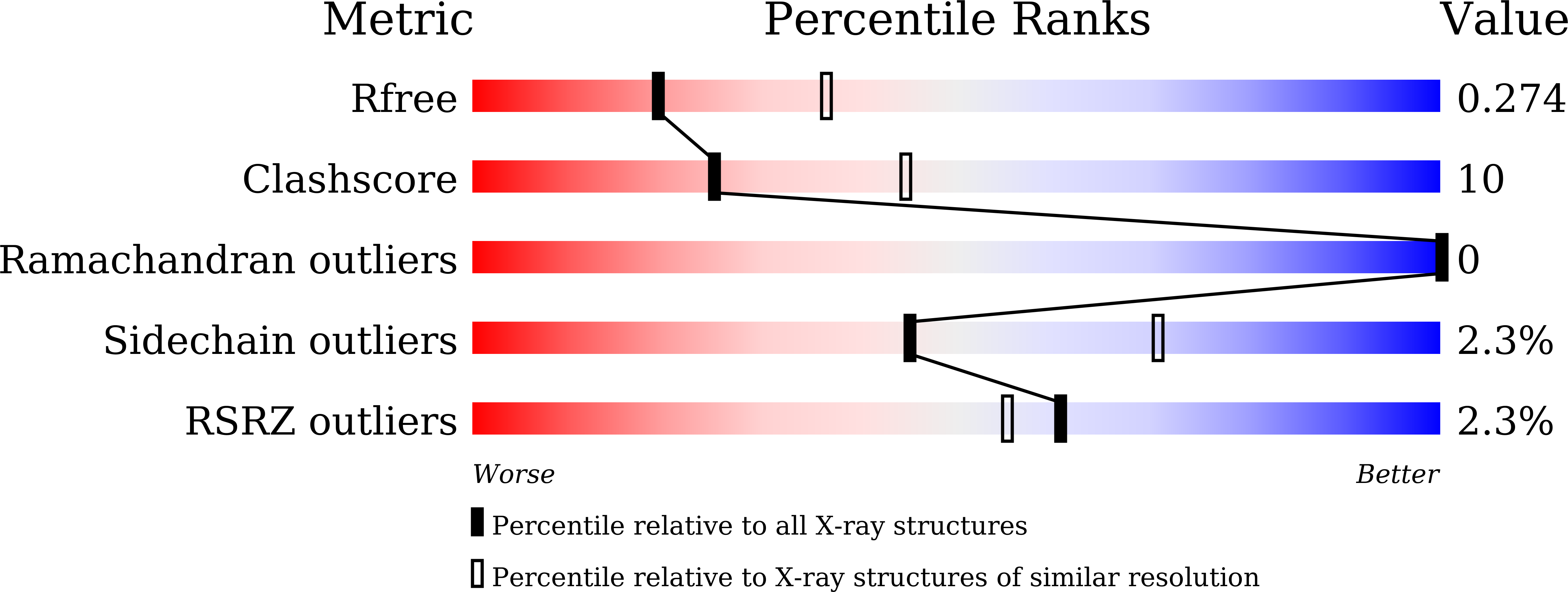
Deposition Date
2024-07-19
Release Date
2025-04-30
Last Version Date
2025-07-30
Entry Detail
PDB ID:
9ISZ
Keywords:
Title:
Structure of Clr4 catalyzing K14-ubiquitinated histone H3 K9 methylation
Biological Source:
Source Organism:
Schizosaccharomyces pombe 972h- (Taxon ID: 284812)
Homo sapiens (Taxon ID: 9606)
Homo sapiens (Taxon ID: 9606)
Host Organism:
Method Details:
Experimental Method:
Resolution:
2.60 Å
R-Value Free:
0.27
R-Value Work:
0.23
R-Value Observed:
0.23
Space Group:
P 21 21 21


